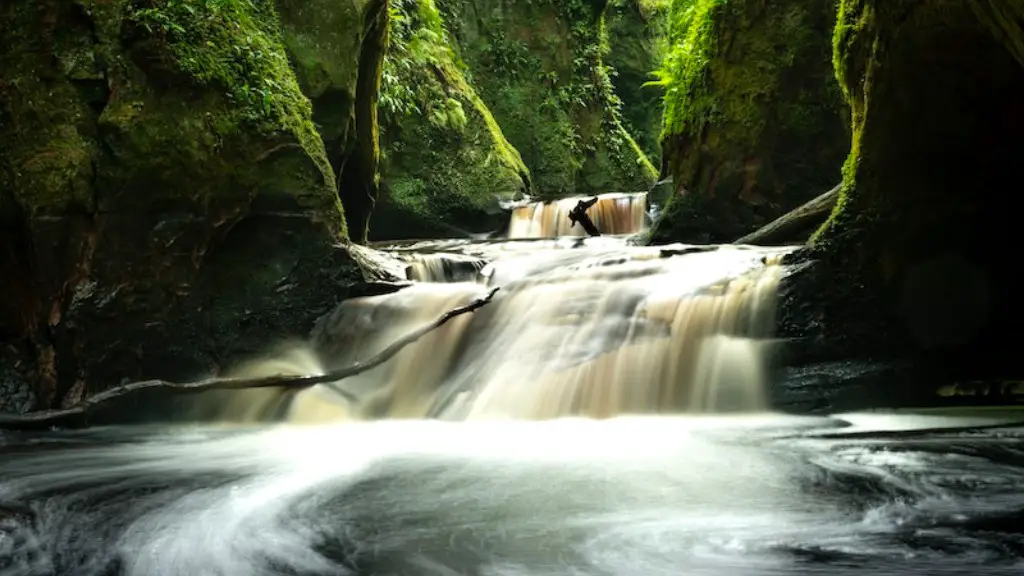Levees are special flood control systems designed to protect low-lying areas from flooding, which can be found in almost every part of the world. In the lower Mississippi River Valley, they are a particularly important tool for safeguarding lives and property.
Levees are carefully constructed channel walls built with soil, gravel, and other materials. These walls can range from a few feet to more than 20 feet in height and they are designed to protect their surrounding area. Near the lower Mississippi River Valley, the levee system is artificial, with a 400-mile primary flood control system and more than 3,000 miles of secondary walls and other structures. The primary levees are typically about 25 feet high, but also contain regular gates and other openings that allow for the drainage of water and sediment.
The positive effects of the levee system in the lower Mississippi River Valley are vast. For starters, levees provide protection for communities and their property from floodwaters. This not only alleviates the financial burden but also the emotional one that comes with having to repeatedly recover from damage caused by flooding.
The levee system also reduces the amount of sediment in the river and its tributaries, making this vital river far more navigable. This greatly facilitates trade and transportation along the Mississippi, which is a boon to many of the towns and cities along the valley.
However, levees also have a number of drawbacks. Not only do they prevent floodwaters from reaching their intended area, but they can also disrupt the natural flow of water and restrict the flow of essential sediment. Without sediment, local plant and animal life can suffer and this disrupts the entire river ecosystem.
In addition, levees can lead to an increased vulnerability to flooding downriver. The lack of sediment can cause the levee walls to weaken, leading to erosion and potential collapse. When the levee walls collapse, the water level can rise significantly, which can cause major floods downriver.
Potential Solutions
Fortunately, a number of potential solutions exist to mitigate the problems that levees can cause.
One such solution is the creation of floodplain reserves. These reserves are areas of land located along rivers that have been set aside specifically for the purpose of allowing floodwaters to flow freely and spreading sediment downstream. These reserves can help to reduce the potential for damaging flooding downriver.
Another potential solution is the construction of living levees. These levees are essentially levee walls that are lined with vegetation and other growth. The vegetation not only helps to protect the levee walls from erosion, but it also helps to store and absorb water, reducing the amount of water that would otherwise flood the area.
In addition, restoring wetlands can also help to address the problems caused by levees. Wetlands are areas of land that are partially or wholly covered in water, and they can help to absorb excess water, reduce the impacts of flooding, and protect the health of ecosystems.
Finally, more strategic water management strategies can be adopted, such as improved drainage and irrigation systems, dykes, and other forms of levee modifications. These modifications can help to improve the overall performance of the levee system in the lower Mississippi River Valley and help to prevent flooding.
Conclusion
Levees are an essential tool for protecting the lower Mississippi River Valley from flooding. While they do provide protection to communities, they can also have a number of drawbacks, such as restricting the natural flow of water and sediment and leading to increased vulnerability to flooding downriver. Fortunately, a number of potential solutions exist to help address the issues that levees can cause, from restoring wetlands to implementing more strategic water management strategies.



